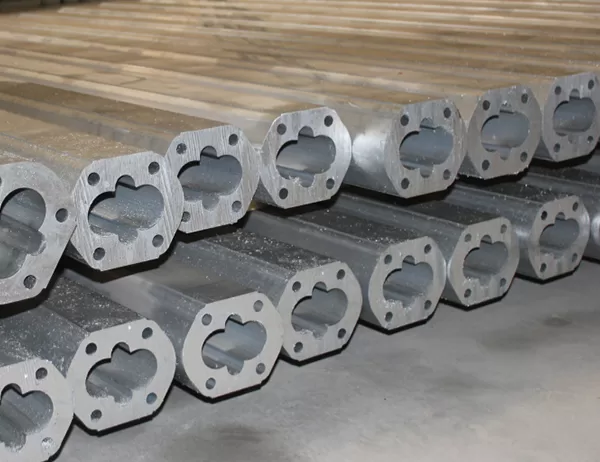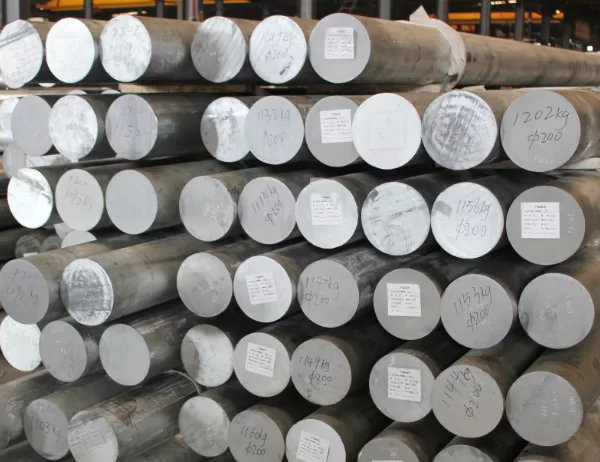How to Choose the Best Aluminum Heat Sink for Your Application: A Comprehensive Guide
In the realm of electronics, heat dissipation is akin to a relentless battle against thermal adversaries. Aluminum heat sinks emerge as valiant warriors in this ongoing conflict, their sleek designs and efficient performance shielding delicate components from the unforgiving onslaught of heat. However, navigating the vast array of aluminum heat sinks available can be a daunting task, leaving engineers perplexed as to which option is the optimal choice for their specific application.
Why Aluminum Heat Sinks?
Aluminum’s inherent properties render it an ideal candidate for heat dissipation. Its high thermal conductivity ensures efficient heat transfer, while its lightweight nature minimizes additional strain on delicate components. Moreover, aluminum’s resistance to corrosion and its malleability make it a durable and versatile material, allowing for customization to suit diverse applications.
Choosing the Right Heat Sink
Selecting the ideal aluminum heat sink requires careful consideration of several key factors:
1. Thermal Resistance: This parameter quantifies the ability of the heat sink to dissipate heat from the component to the surrounding environment. Lower thermal resistance indicates better heat transfer performance.
2. Heat Dissipation Capacity: This refers to the maximum amount of heat that the heat sink can dissipate effectively. Consider the power dissipation of the component to ensure that the heat sink has sufficient capacity to handle the thermal load.
3. Size and Shape: Compact heat sinks may be suitable for space-constrained applications, while larger heat sinks offer better heat dissipation capabilities. The shape and mounting options should align with the design and constraints of the electronic system.
4. Cost: Different heat sink designs and materials vary in cost. Determine the budget and explore options that meet thermal requirements while remaining cost-effective.
5. Attachment Method: Consider the method of attaching the heat sink to the component. Common options include adhesives, thermal paste, and mechanical fasteners. Choose the attachment method that ensures secure contact and efficient heat transfer.
Conclusion
Selecting the optimal aluminum heat sink for your application is a crucial aspect of thermal management. By understanding the key factors to consider and carefully evaluating the available options, you can ensure the efficient dissipation of heat, extending the life and performance of your electronic components. Remember, in the relentless battle against thermal adversaries, the right heat sink is your unwavering ally, safeguarding the integrity of your electronic systems.




